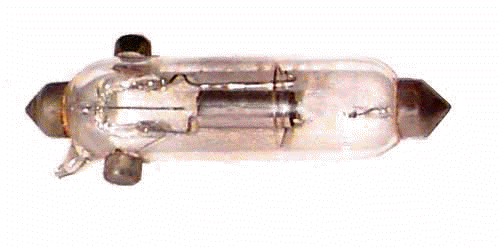
It was late October of 1917, on his way to
France, that Armstrong first met another man who would remain a
lifelong friend. This man was Captain H. J. Round, an engineer
with the British Marconi Company. It was this meeting that would
set the stage for Armstrong's work on his superheterodyne
circuit.
One of the tough problems facing the Allies was the reception of
signals in the very high frequency range of 500,000 to 3,500,000
cycles. It was suspected that the Germans were using these high
frequencies to keep their signals out of tuning range of Allied
intelligence. Armstrong learned that the British were far ahead
of the Americans in the development of vacuum tubes suitable for
such high frequencies, and that Round had devised a method, using
tubes of his own design, to receive at frequencies of up to
1,200,000 cycles.
It would be the requirement to receive high frequency signals
that would spawn Armstrong's superheterodyne development.
Letter from H. J. Round, in London, 1920.


H. J. Round designed the V-24 tube in 1916 specifically for use in multistage high frequency amplifiers. It found very wide use by the Allies (particularly the Navy) and, in fact, was so widely used that Marconi manufactured replacements up through 1937.

Armstrong would sign over his feed-back and superheterodyne patents to Westinghouse (they owned The International Radio Telegraph Co.) on October 5th, 1920 for $335,000.00, payable over ten years. An additional $200,000.00 would be paid if Armstrong prevailed in the de Forest suits.
